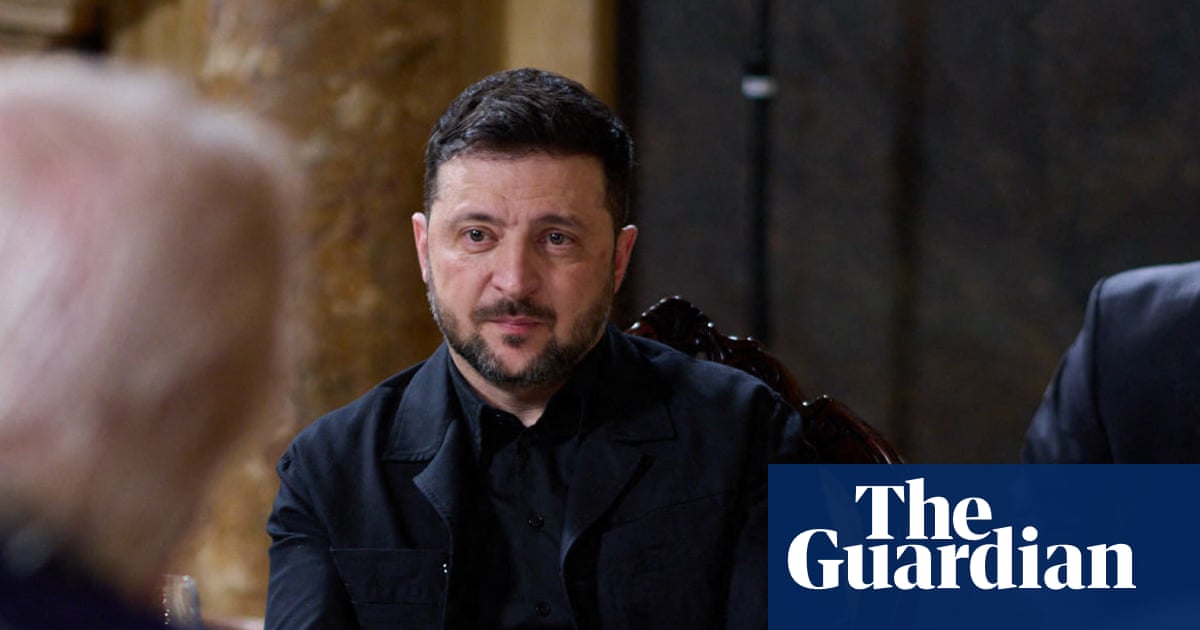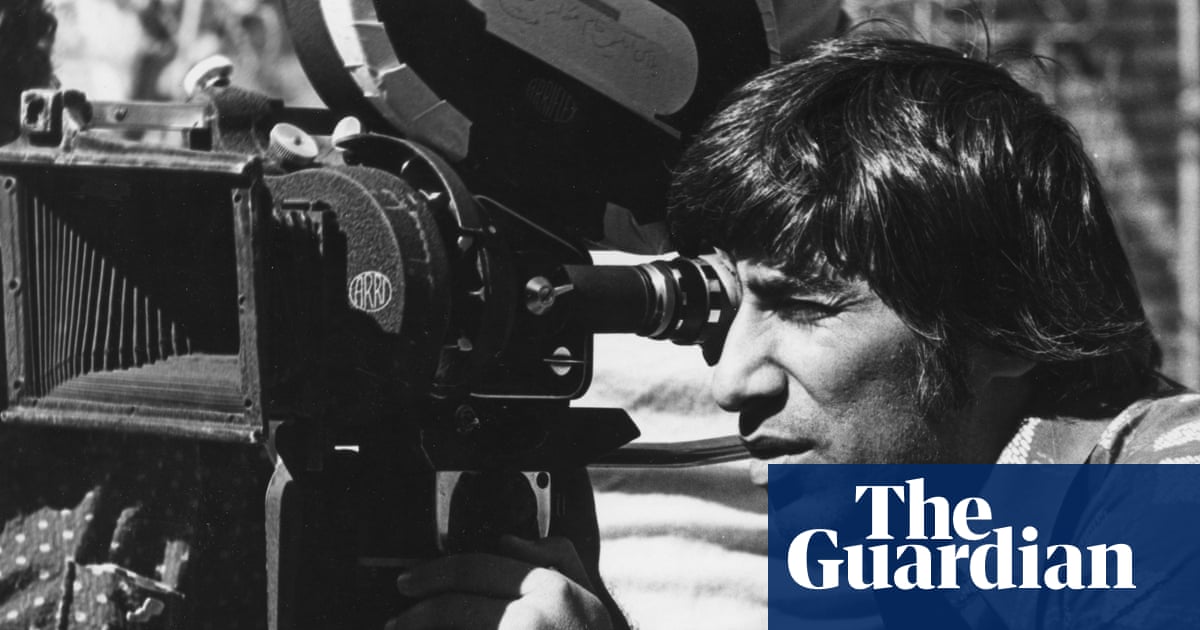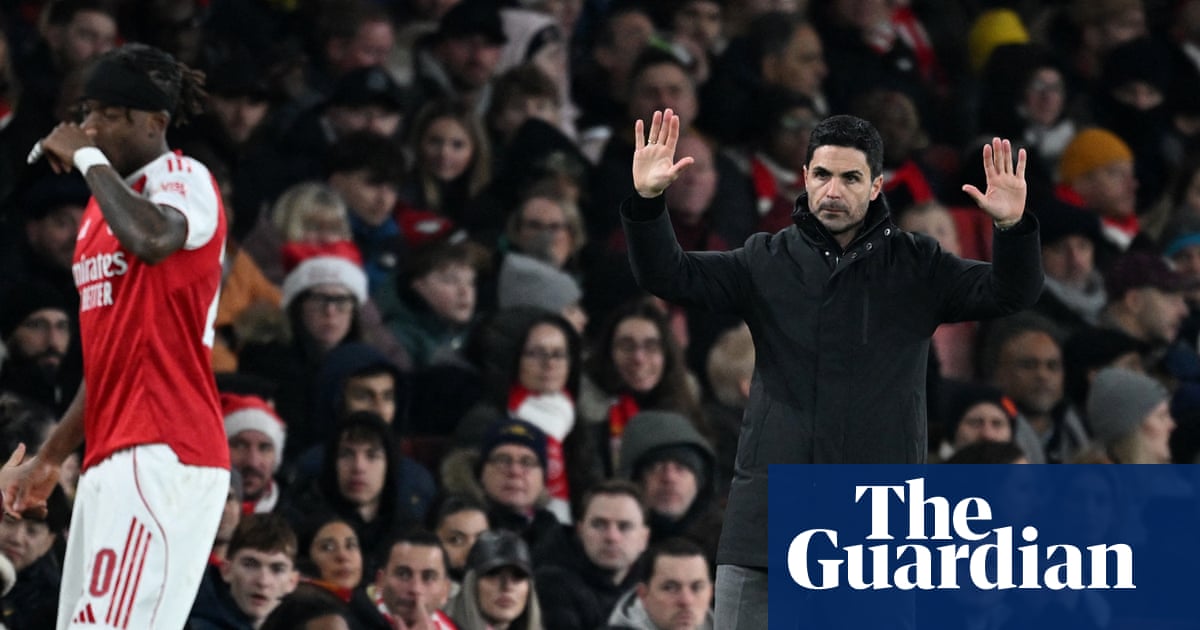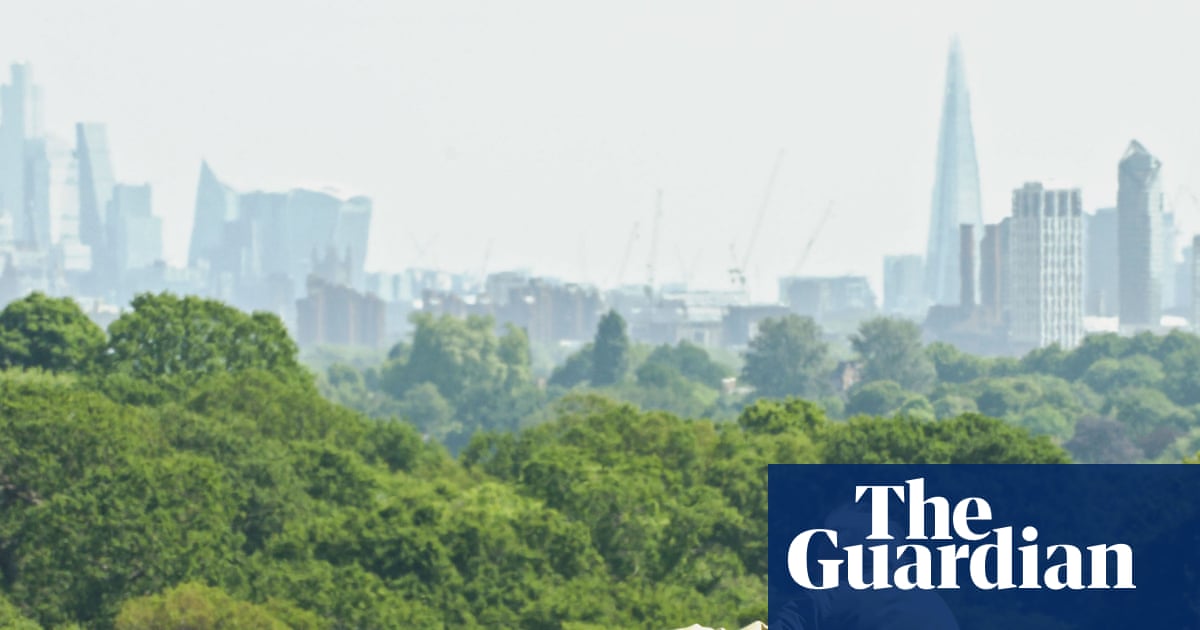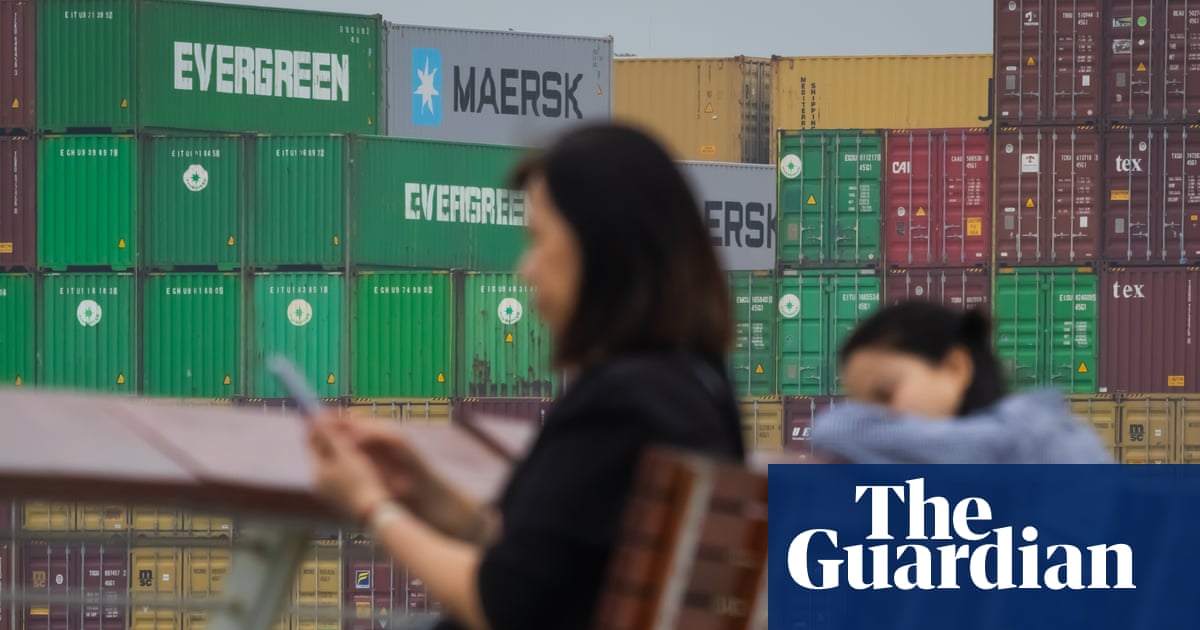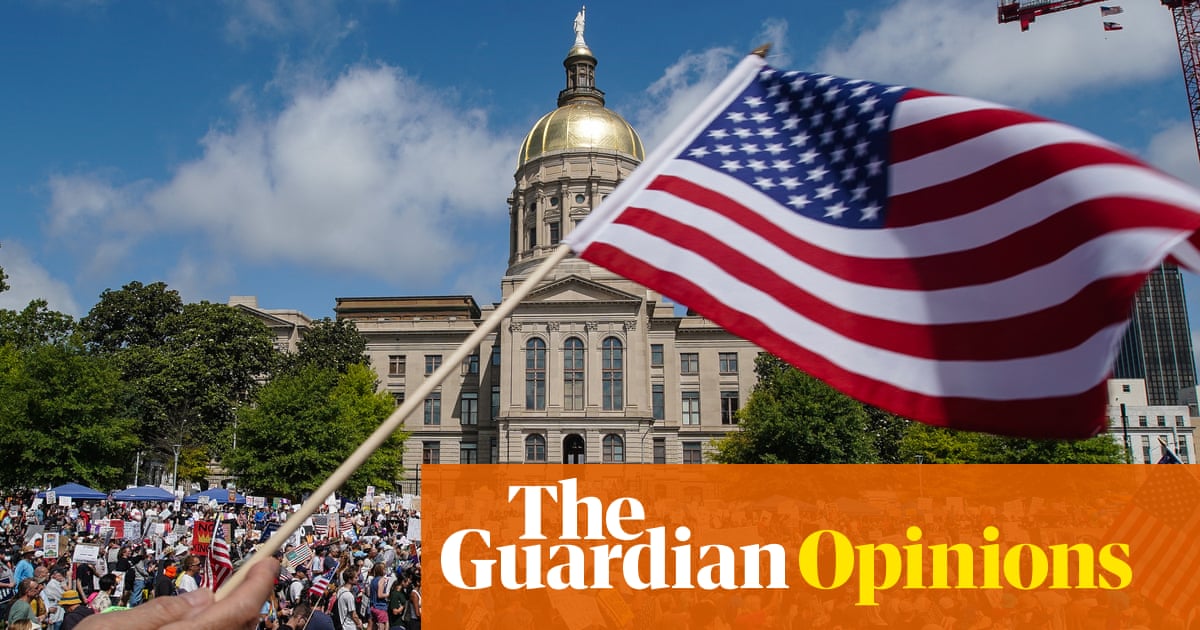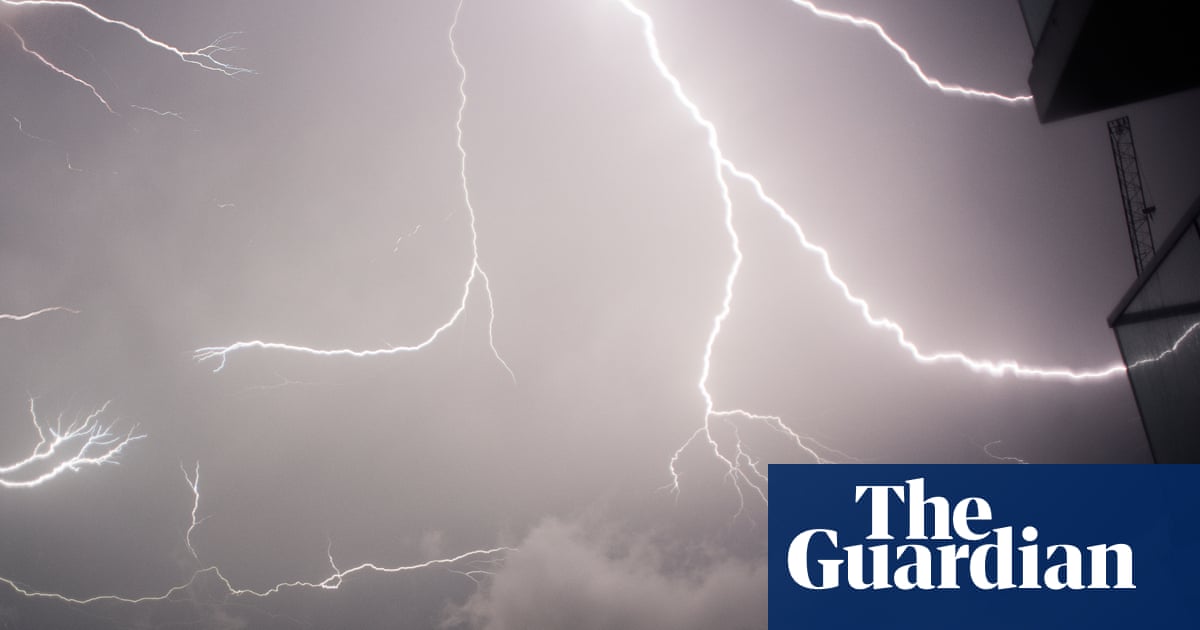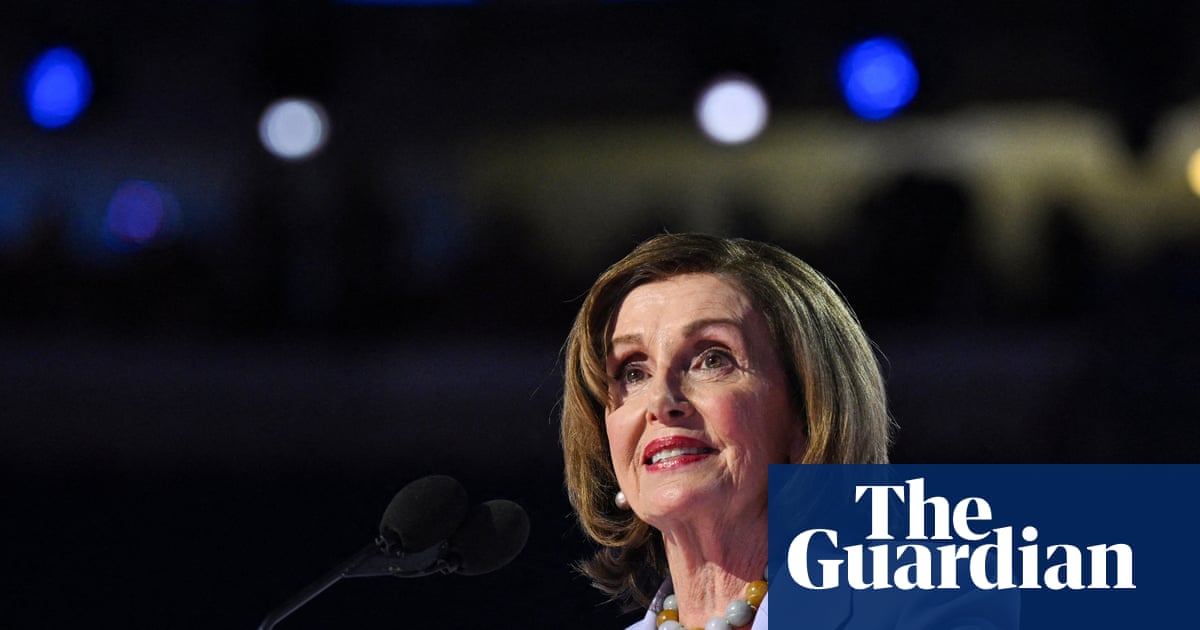More than £8m of taxpayers’ money has been spent on funding the public lives of former prime ministers over the last three decades, a Guardian analysis has found.
All former PMs are able to claim up to £115,000 a year – until the end of their lives – in a subsidy to enable them to contribute to public life after they have left Downing Street.
The annual overall cost of the subsidy has more than doubled in recent years as there are more former prime ministers than in previous eras. Three of them – Tony Blair, Gordon Brown and John Major – have claimed more than £1m in the last decade.
The scheme, which is used to subsidise the private offices of ex-PMs, is coming under intense scrutiny after a leak of data from the Office of Boris Johnson.
Cabinet Office rules stipulate that the former prime ministers must not use these public funds for private or commercial activities. The payments are only intended to help them to continue contributing to public life.
However, the Guardian has published a series of stories based on the leaked data, which was obtained by the US non-profit Distributed Denial of Secrets (DDoS), that suggest Johnson’s office has been involved in widespread commercial work.
His office staff have helped vet and arrange more than 34 speeches, raising more than £5m in total, secure lucrative media contracts and work on business ventures in Venezuela, Abu Dhabi and Saudi Arabia.
Johnson has claimed £182,000 since leaving government to pay for staff salaries in the private office. He has not responded directly to the dozens of questions about his business activities but denied his office had misused the subsidy scheme.
“This story is rubbish,” he said, adding that the subsidy “has been used entirely in accordance with the rules. The Guardian should change its name to Pravda.” Cross-party senior politicians have called for Johnson’s taxpayer support to be investigated after the revelations.
Five other former prime ministers, Brown and Blair as well as David Cameron, Theresa May and Liz Truss, have released statements confirming they fully comply with rules prohibiting the use of public funds for private business.
The revelations have thrown the spotlight on the little-known scheme, known as the public duty costs allowance (PDCA), which was set up in 1991. It was introduced, according to the Cabinet Office, to “assist former prime ministers still active in public life”.
Payments disbursed under the scheme “are made only to meet the actual cost of continuing to fulfil public duties. The costs are a reimbursement of incurred expenses for necessary administrative costs arising from their special position in public life.”
The payments are generally used to pay staff to run an office, for example replying to correspondence, handling requests for interviews and arranging official visits.
Major, while prime minister, set up the scheme in 1991 after allies of his predecessor, Margaret Thatcher, let it be known that she was struggling as a backbench MP. She had been ousted from Downing Street the previous year and reportedly found life difficult without secretaries and other aides.
The published data on how this money has been spent since then is patchy and incomplete; the government has only disclosed how much individual politicians have claimed since 2013.
However, by piecing together figures from Cabinet Office annual reports and parliamentary answers, the Guardian has established that overall, the scheme has cost taxpayers at least £8.3m. In today’s figures, after adjusting for inflation, that total equates to almost £12m.
This is, however, an underestimate, as the government appears not to have published the annual cost of the scheme for 10 of the years it has been active.
Former PMs can claim up to £115,000 a year. This cap has been frozen since 2011. However, the annual cost has soared in recent years as more of them have claimed the subsidy, amid a rapid turnover of Conservative prime ministers in recent years.
They include Truss. She served for only 49 days, but the 50-year-old nonetheless qualifies for the PDCA allowance for the rest of her life – a total which is likely to run into millions. She has so far claimed £125,000.
Seven former PMs are currently claiming money from the scheme, compared with five who were eligible when it was established in the early 1990s.
In total, adjusting for inflation, ex-prime ministers claimed £858,000 in 2023-24, the latest available figures, up from £464,000 a decade earlier, and £337,000 in 1997-98. Blair and Major have claimed the highest totals since 2013 – £1.2m each – as they have (with one exception) always requested the maximum amount of £115,000 a year.
Brown’s total is slightly under these two, as his claims are usually just under the maximum cap.
After the Guardian’s revelations, Brown is calling for the rules to be tightened up to require former prime ministers to publicly declare their business interests. His spokesperson said: “Mr Brown favours former prime ministers being subject to public declarations of their business interests and has called for a stronger code on business appointments.”
Cameron has received £780,000 from the subsidy scheme since he left Downing Street in 2016. The rules meant that he did not submit claims while he had a spell as foreign secretary in Rishi Sunak’s administration.
May’s claims total nearly £400,000. Major and Sunak, who is understood not to claim the allowance, did not respond to requests for comment.
In a quirk that has not been fully explained, Nick Clegg, the deputy prime minister between 2010 and 2015, was given the right to claim PDCA funds from the scheme even though he never held the top job. He received a total of £445,000 over four years. In 2018, the last year he claimed the allowance, he became president of global affairs and communications at Meta, the owner of Facebook, Instagram and WhatsApp, where he was paid millions.

 3 months ago
56
3 months ago
56
